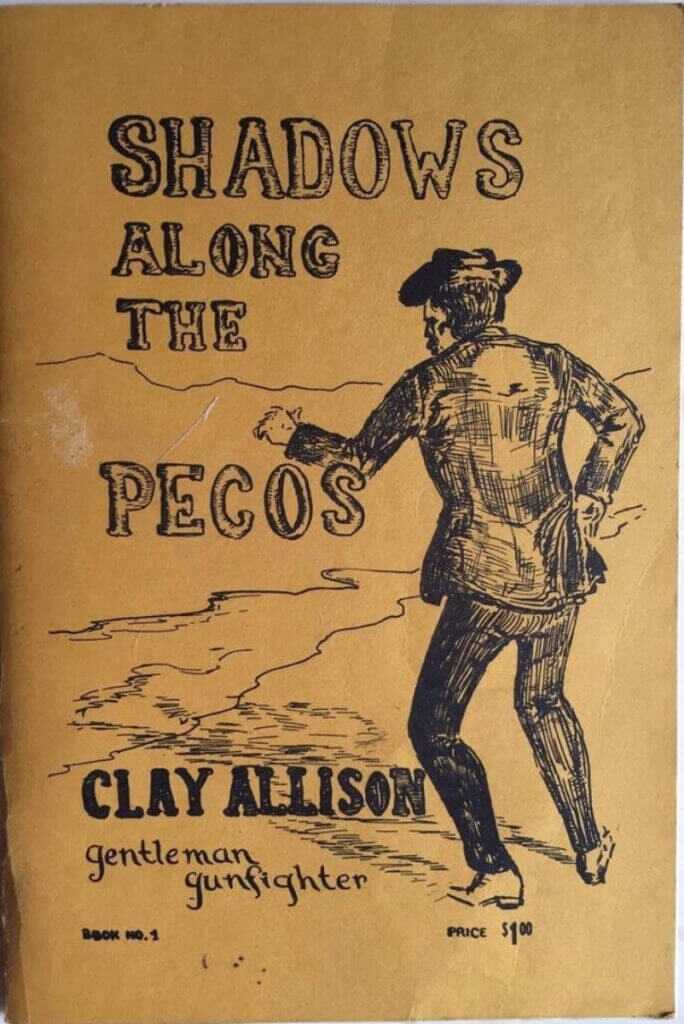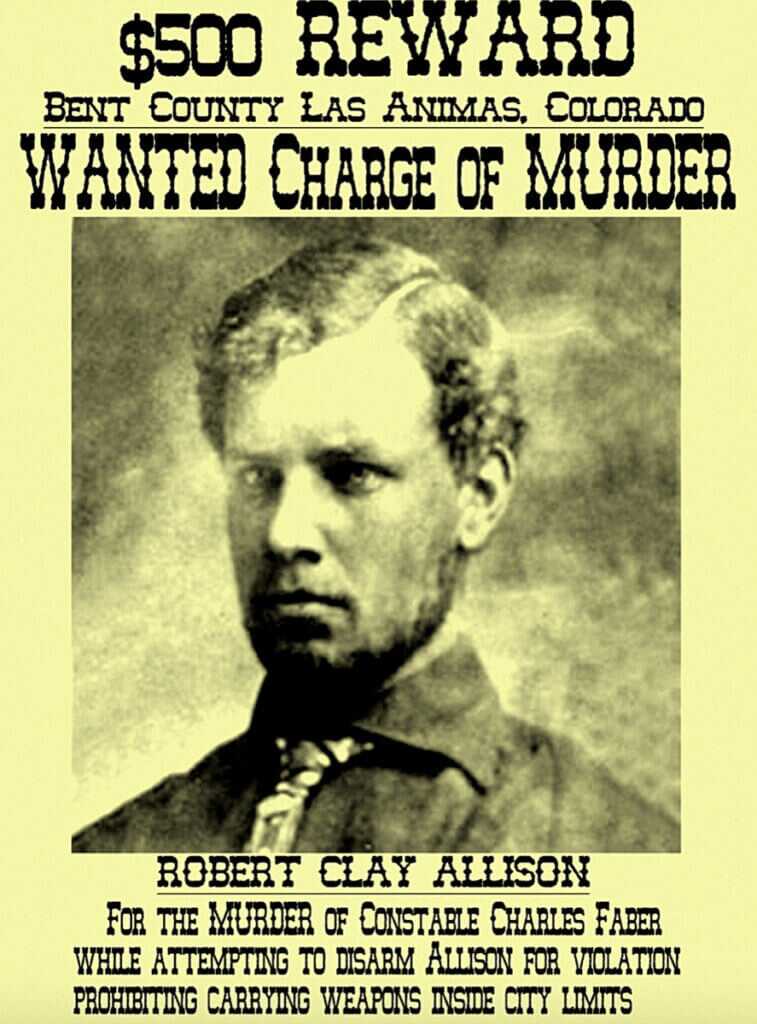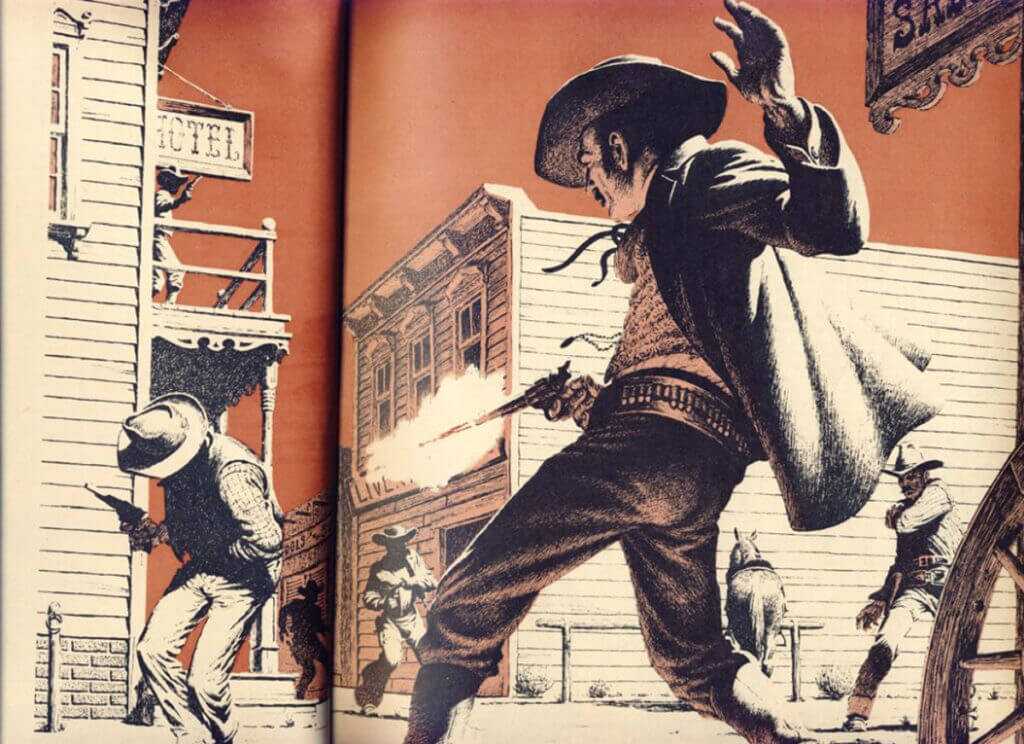
The archetypal image of the flinty-eyed Western gunfighter, his fingers twitching over the butt of a Colt revolver, came to define an era. As is so often the case with archetypes, however, reality bore little similarity to the embellished tales from the pulp novels of the day. An exception, however, was the shootist, Clay Allison.
Soldier, Rancher, Gunfighter, Psychopath
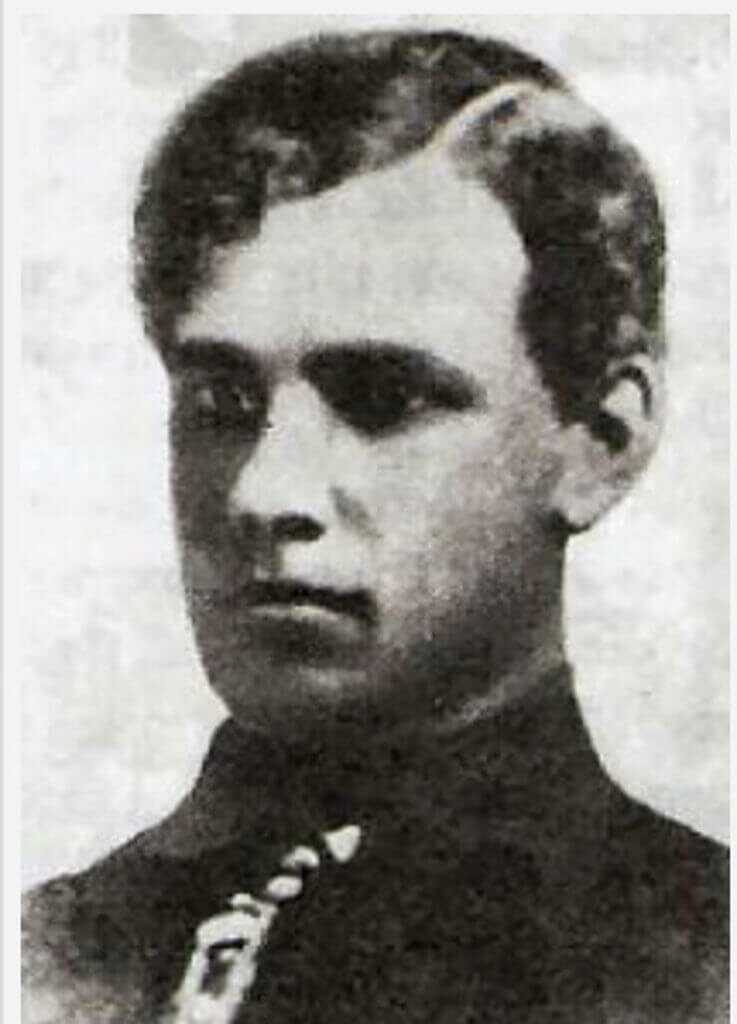
Robert Clay Allison was born in September 1841 in Waynesboro, Tennessee, the fourth of nine children. Clay’s father Jeremiah Scotland Allison was a bi-vocational Presbyterian minister who also raised sheep and cattle. Clay worked on the family farm until the outbreak of the American Civil War.
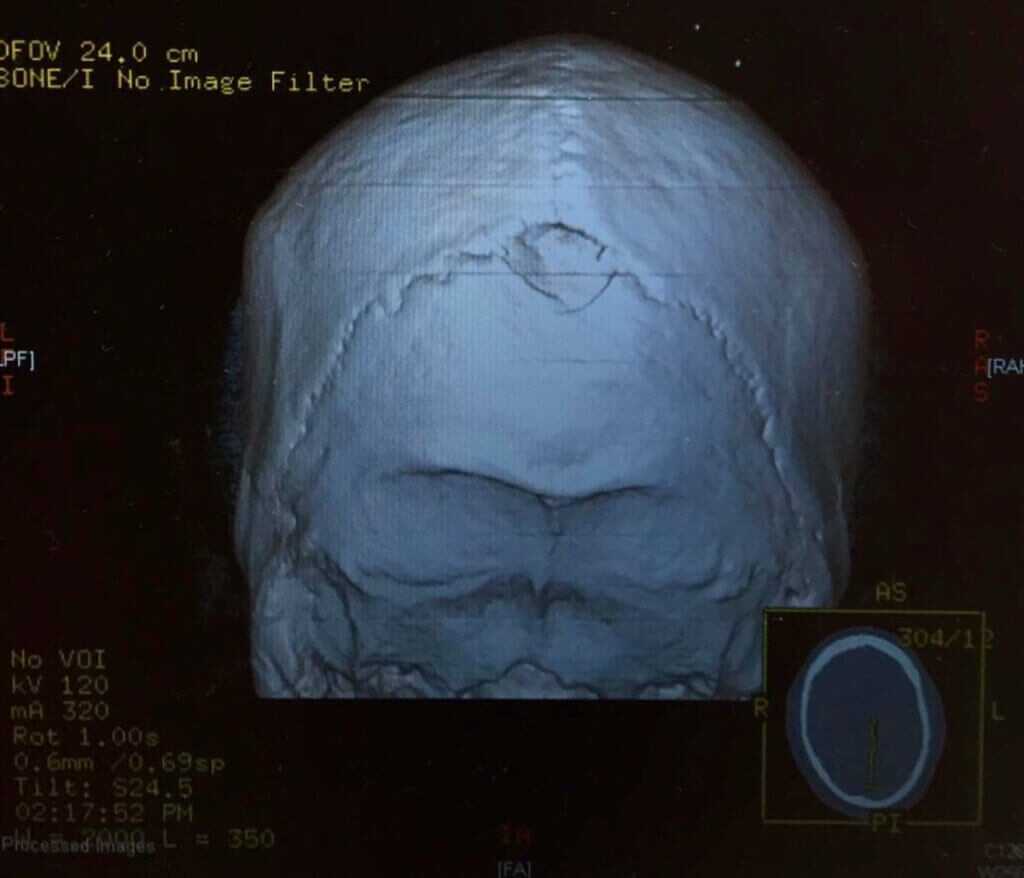
Growing up on a mid-19th century Tennessee farm was hard. Clay was afflicted with a congenital club foot and at some point had received a mighty blow to the head. This injury left him with a visible divot in his skull and some fascinating personality traits.
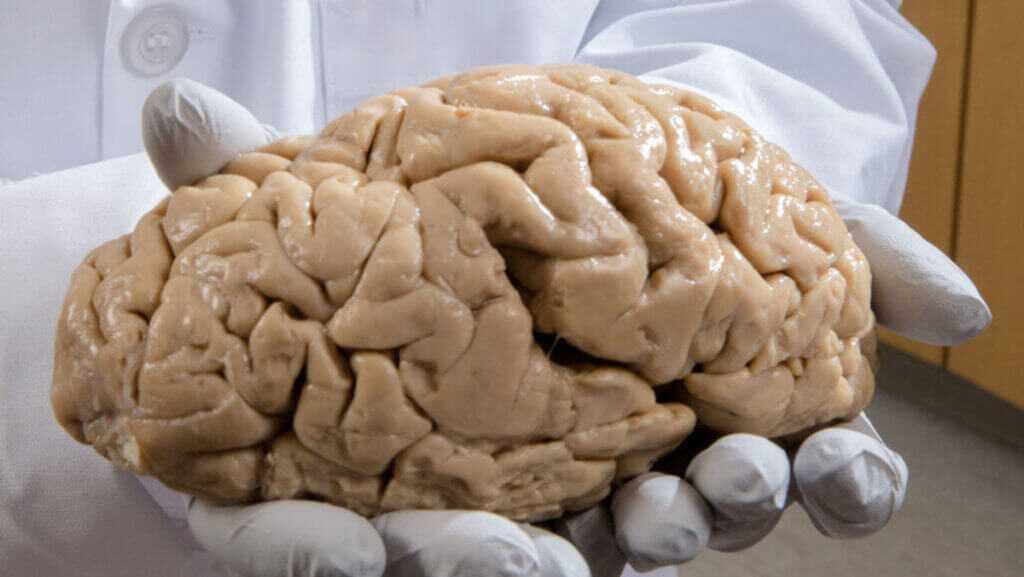 The human brain is the most amazing machine. When you hold a fresh one for real it is remarkably insubstantial, kind of like really thick Jell-O.
The human brain is the most amazing machine. When you hold a fresh one for real it is remarkably insubstantial, kind of like really thick Jell-O.The human brain is the most complex mechanism in the known universe. A typical adult brain weighs about three pounds and is predominantly fat. The brain generates about 23 watts of power and consumes about one-fifth of the body’s total blood and oxygen. The brain is comprised of some 100 billion neurons and features 100,000 miles of blood vessels. This remarkable device can reason, scheme, love, create and survive.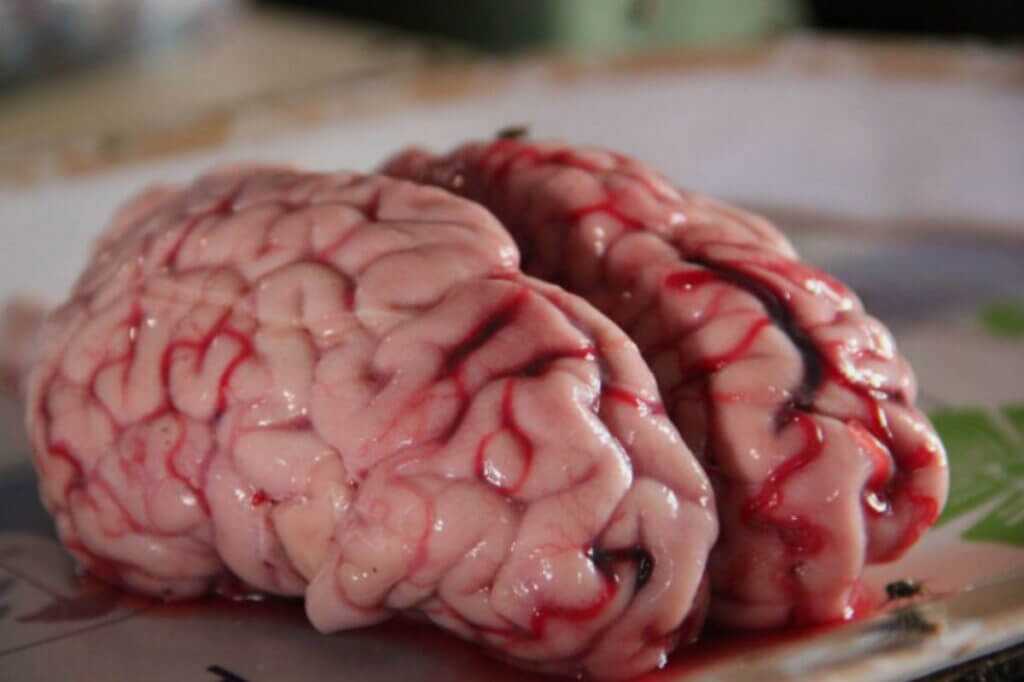
The normal function of the brain is characterized by a yin and yang of impulses and inhibitions that are even today poorly understood. When everything is operating correctly you get a normal well-adjusted productive citizen. Let some of those inhibitory functions be traumatically damaged, however, and you get Clay Allison.
Allison’s Exploits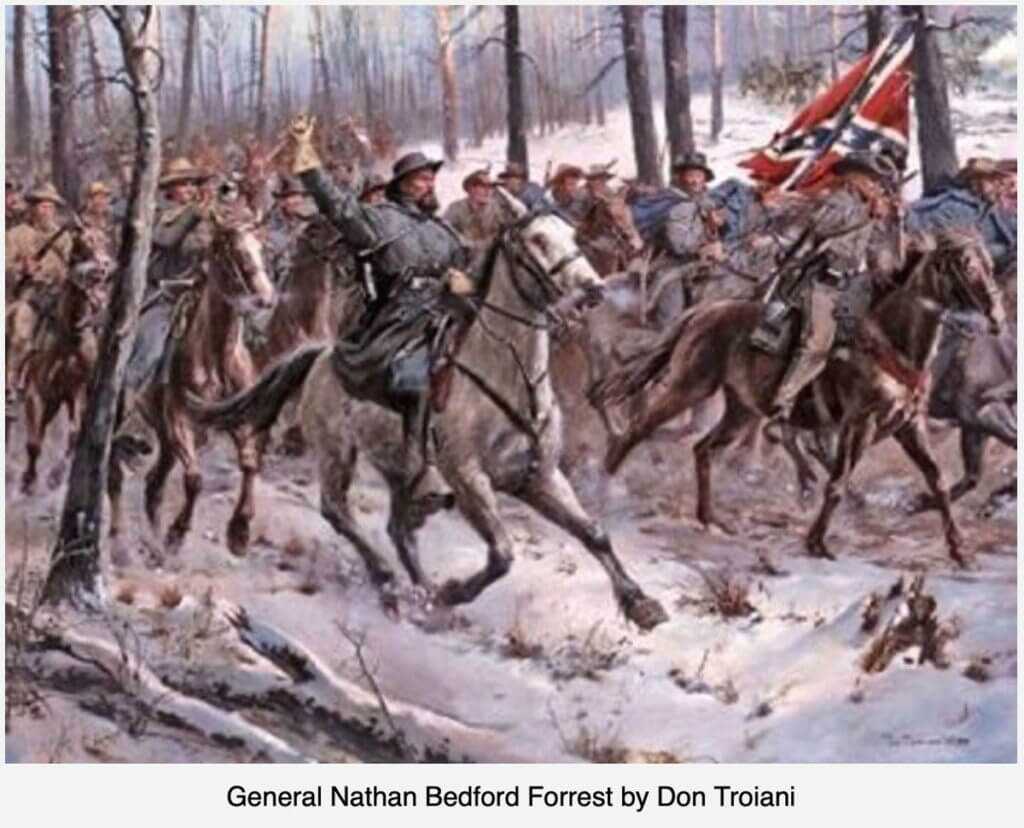
In October 1861 Allison enlisted into the Confederate Army with CPT WH Jackson’s artillery battery. Three months later he was discharged. His discharge papers stated, “Emotional or physical excitement produces paroxysmal of a mixed character, partly epileptic and partly maniacal,” whatever that actually means. However, less than a year later Allison signed on with the 9th Tennessee Cavalry under Nathan Bedford Forrest. Allison rode with Forrest until the end of the war.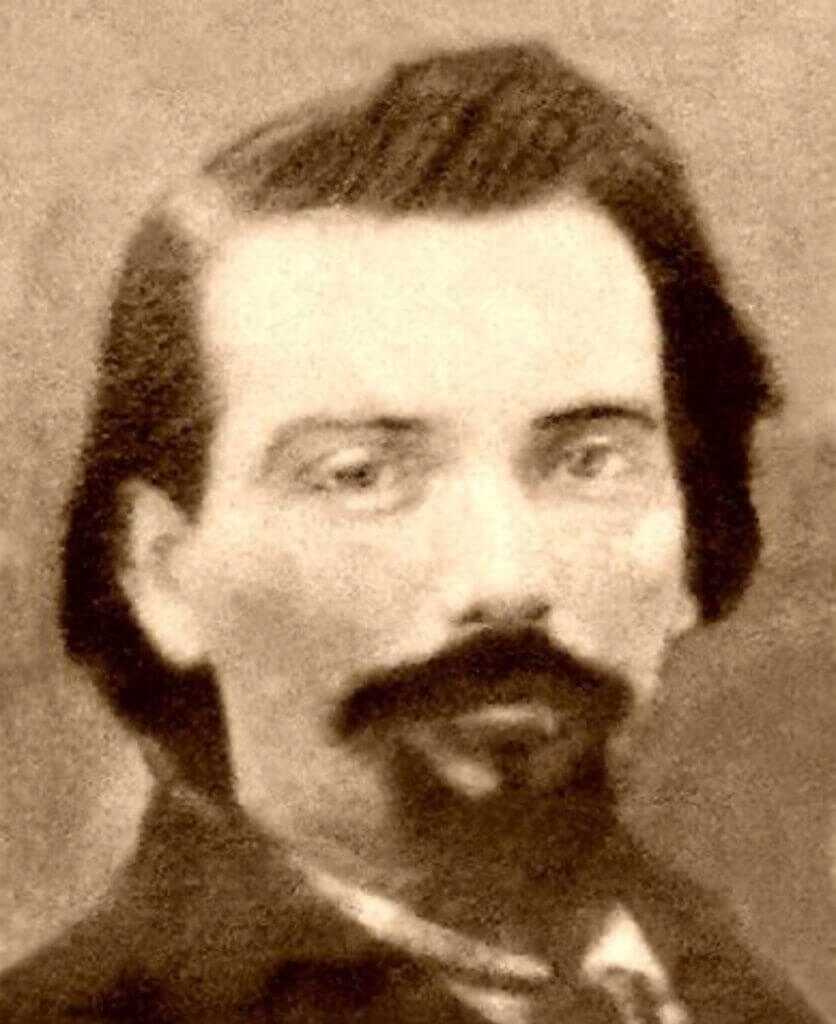
Inspired by Forrest, Allison grew a similar Van Dyke beard that he wore for years. After surrendering to the Federals at Gainesville, Alabama, Allison was convicted of spying and sentenced to death. The night before sentence was to be served he purportedly killed a guard and escaped.
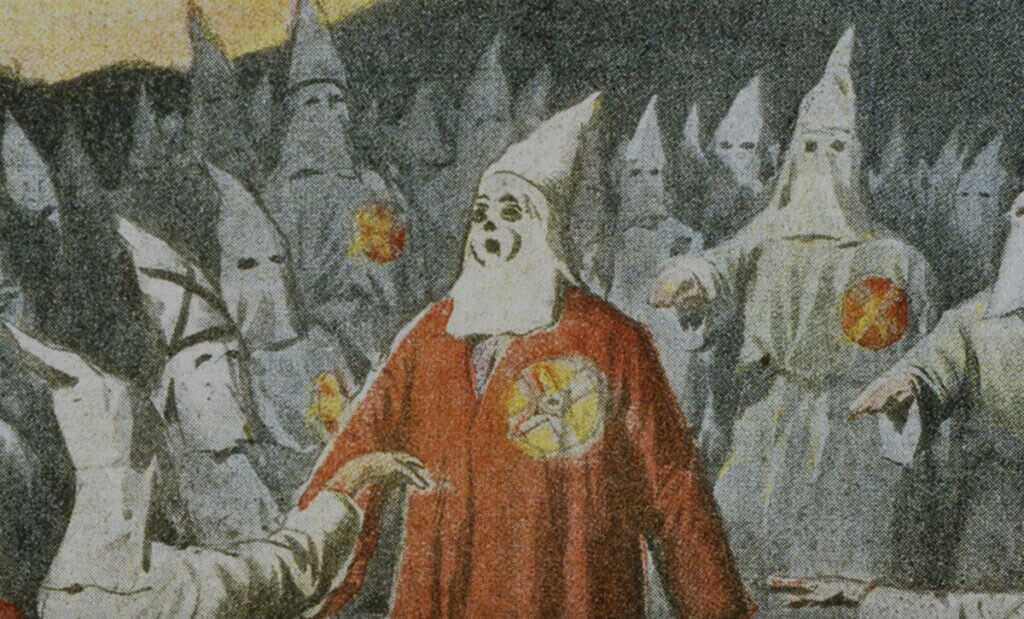
What followed was a most remarkable life of action, adventure, and wanton gunplay. Upon returning to civilian life, Allison joined the local Ku Klux Klan. Back home on his family farm in Tennessee Allison confronted a Union corporal from the 3rd Illinois Cavalry who had paid a call with mischievous intent. Allison retrieved a long gun and calmly cut the man down.
Settling Squabbles
Allison got into a disagreement over the fee for portage across the Red River in Texas and beat the ferryman, one Zachary Colbert, senseless as a result. Nine years later he met the ferryman’s nephew, a gunfighter of some renown named Chunk Colbert, with bloody results. Hold that thought.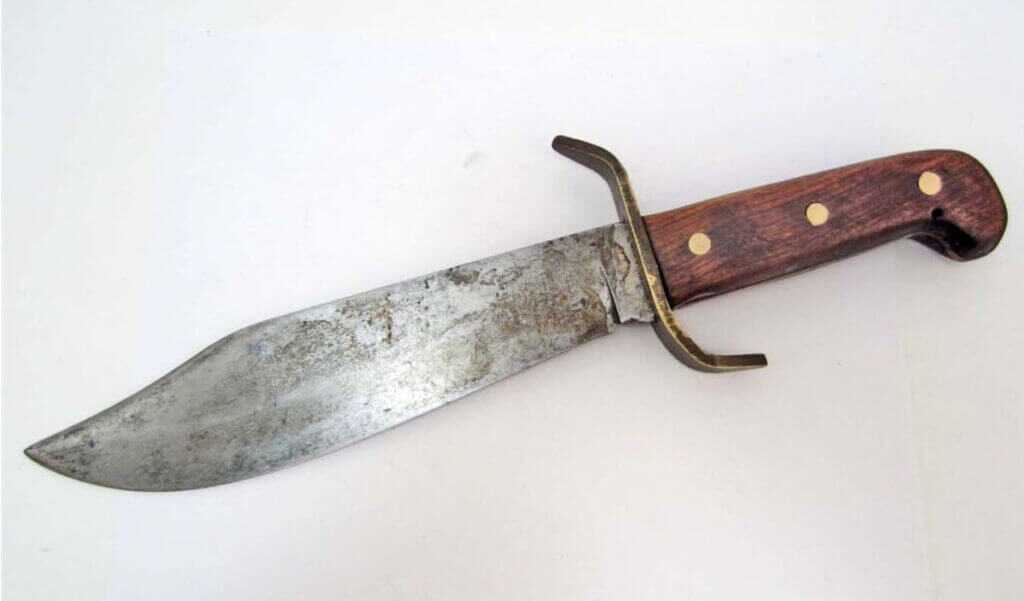
During a stint in Texas, Allison got into a disagreement with a neighbor named Johnson over usage rights to a local watering hole. Allison dug a grave and entered the hole along with Johnson and a brace of Bowie knives. The winner retained access to the water. The loser retained access to the hole. The club-footed, brain-damaged Clay Allison lived to fight another day.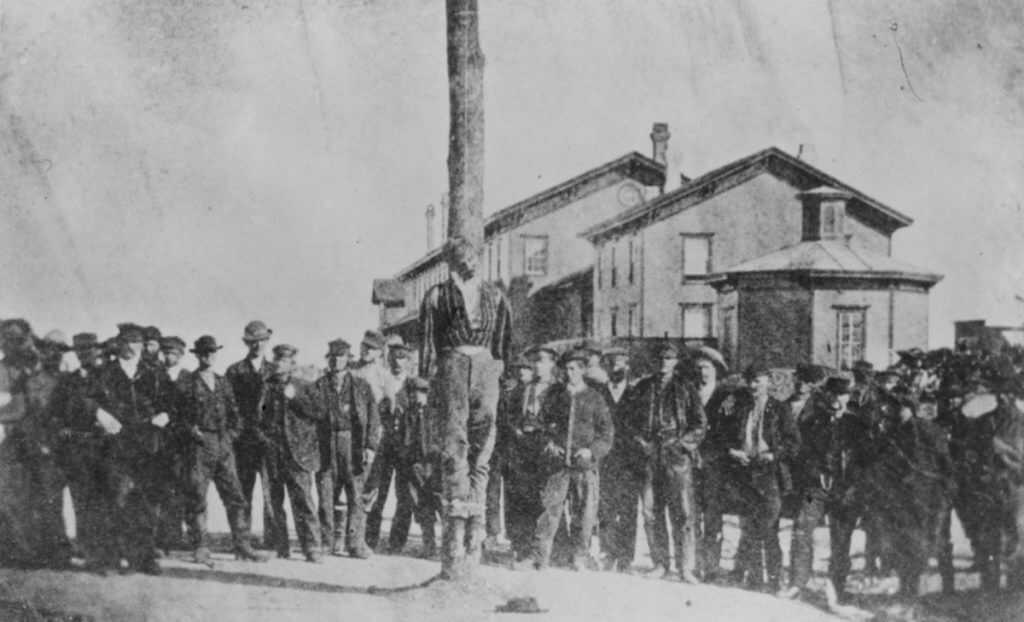
Allison had a fairly binary view of frontier justice, and he didn’t manage liquor well. In 1870 a ne’er-do-well named Charles Kennedy was jailed for robbing and killing overnight guests at his rural cabin. Allison felt that the wheels of justice were turning too slowly so he gathered some buddies, broke into the jail, and appropriated the hapless Kennedy. Allison then proceeded to lash the man to his horse and drag him back and forth along the main street until his body was a lifeless bloody pulp. Still not satisfied, Allison severed the man’s head and carried it in a sack 29 miles to the town of Cimarron. There he staked Kennedy’s head on a fence outside what later became the St. James Hotel.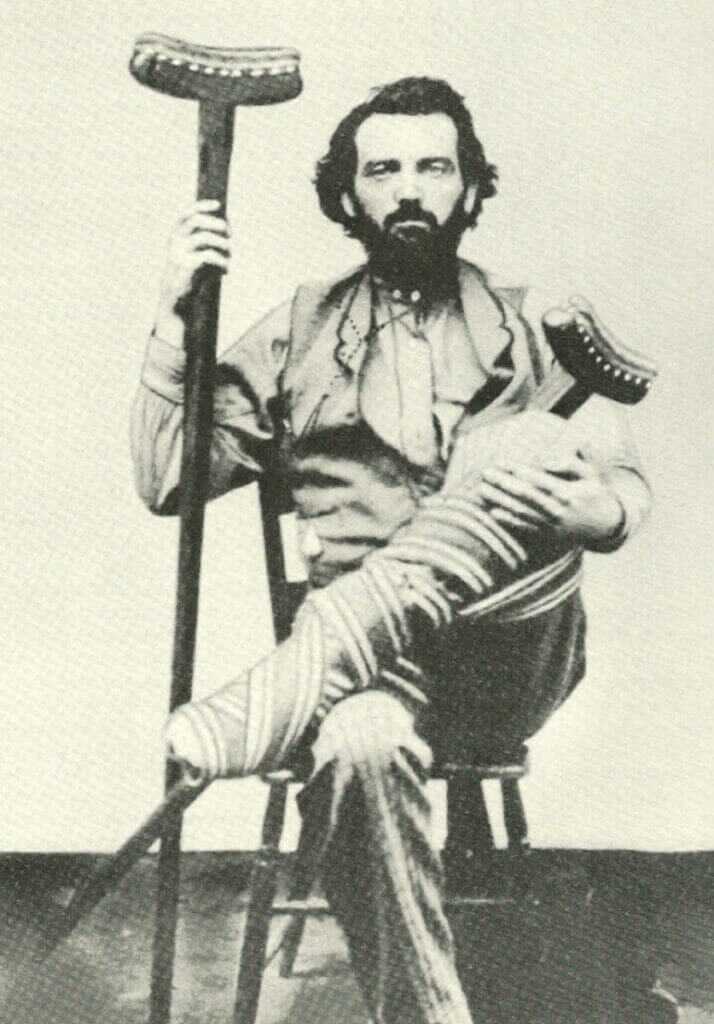
Allison accidentally shot himself in the foot while trying to steal a dozen government mules. Though he recovered from the injury it left him with a noticeable permanent limp.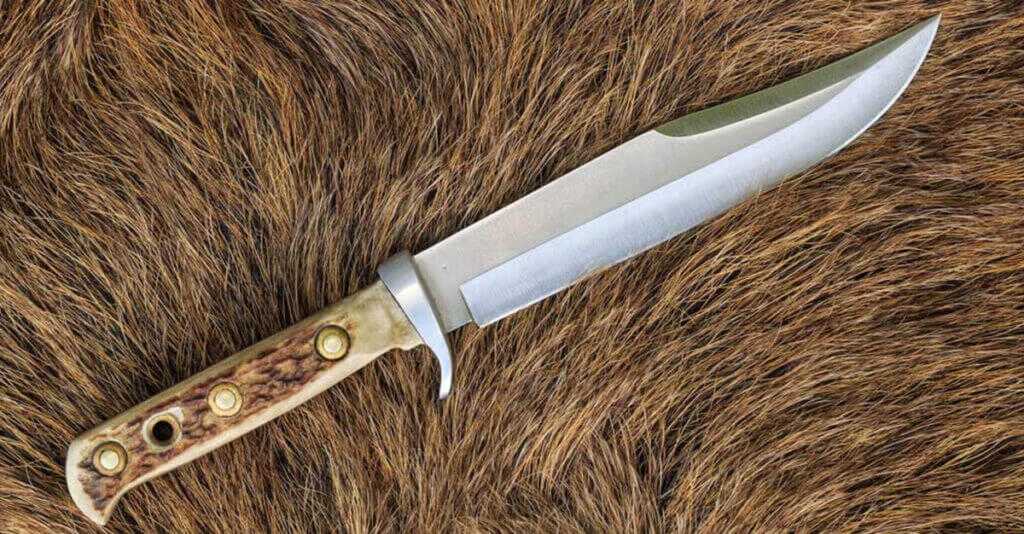
Just in case anybody thought of denigrating the man over his physical shortcomings, Allison was legendarily accomplished with both a knife and a handgun. On two different occasions Allison, while drunk, threw his Bowie knife and pinned men to the wall by their shirts. The first was a county clerk named John Lee. The second was a local attorney named Melvin Mills. In both cases, the men were otherwise unharmed.
The Art of the Gunfight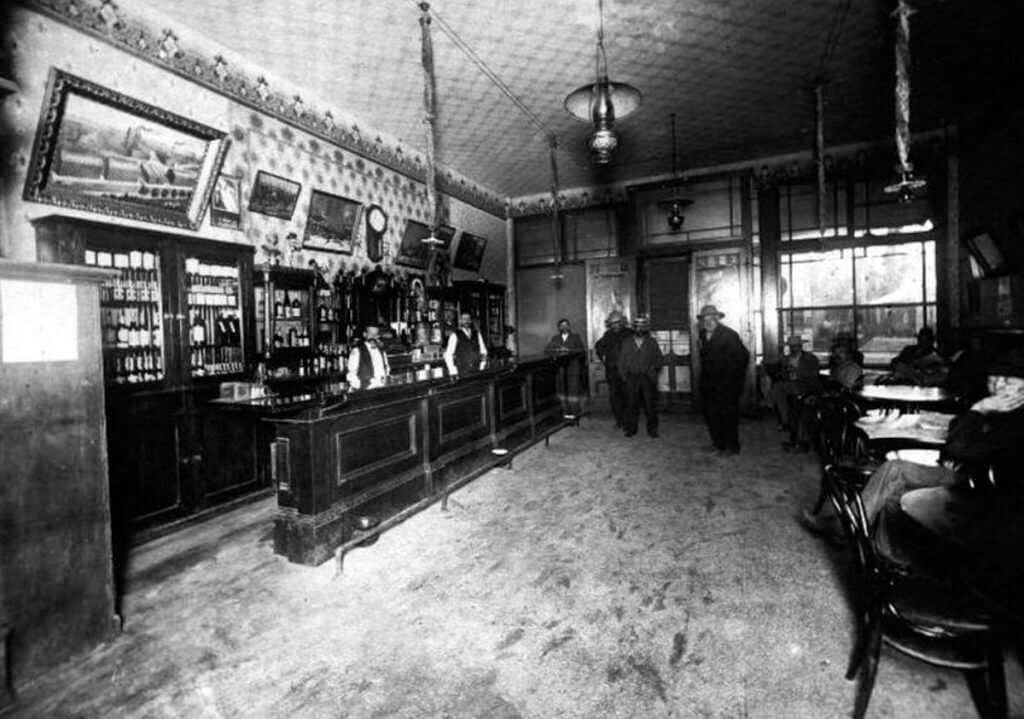
By 1874, Clay Allison had a reputation. Chunk Colbert, the nephew of the ferryman mentioned earlier, purportedly had six kills to his credit when he came looking to make Allison his seventh. The two men met in a local saloon and spent most of a day together drinking and gambling on horse races.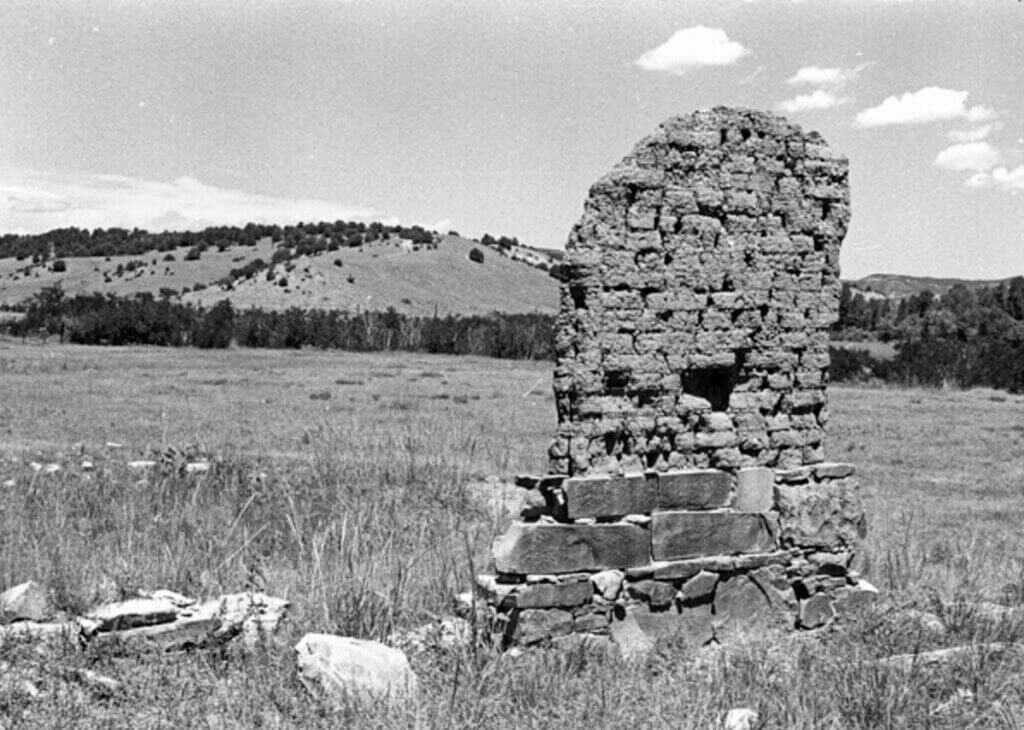
That evening Colbert invited Allison to join him at an overnight stage stop called Clifton House on the Canadian River. Prior to this fateful meal, the local sheriff had accidentally shot and killed a Clifton House waiter while trying unsuccessfully to apprehend Chunk Colbert.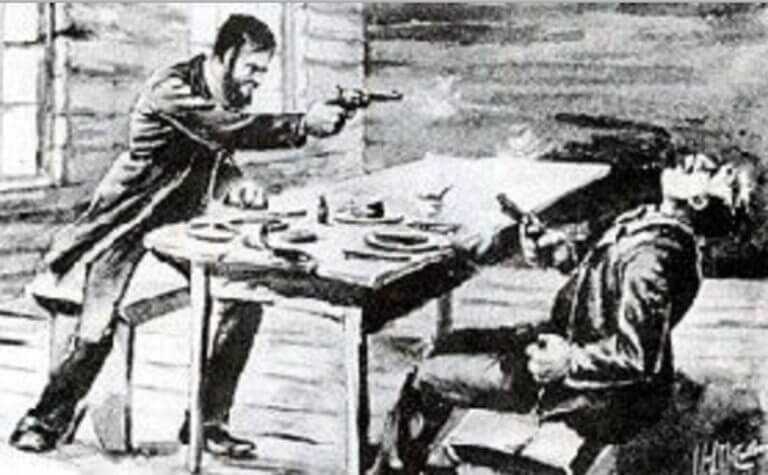
Both men were wary, but by all accounts, they enjoyed an expansive meal together. Upon taking their seats Colbert set his hogleg in his lap, while Allison laid his Peacemaker on the table alongside his plate. The meal complete, Colbert thumbed back his hammer to kill Allison. However, Mr. Murphy is seldom far from enterprises of this sort. Colbert’s muzzle caught on something underneath the table, and his shot went wide. Allison raised his roscoe and shot Colbert through the head at contact range.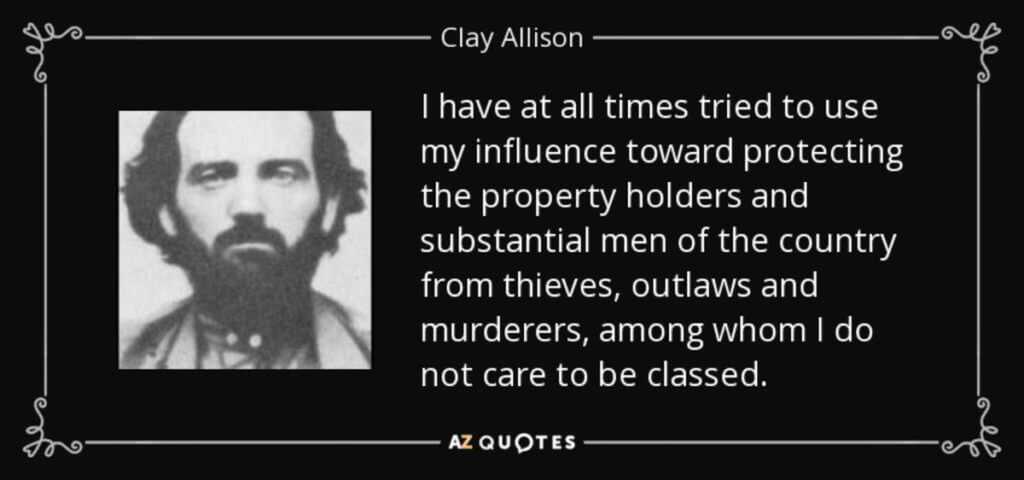
Friends later asked Allison why he ever accepted an invitation to dinner from a man so clearly bent upon killing him. Allison responded, “Because I didn’t want to send a man to hell on an empty stomach.”
The Gun
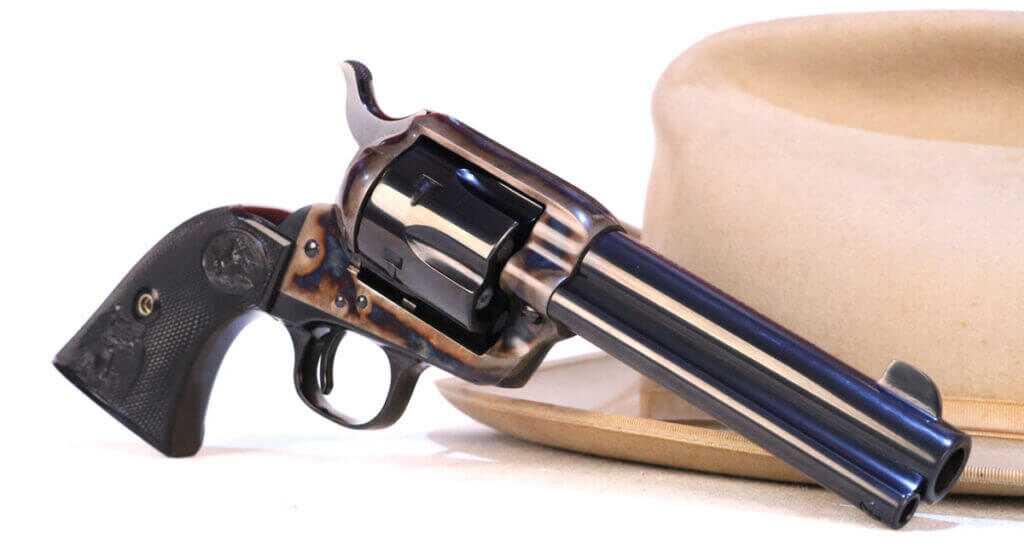
The Colt Model 1873 Peacemaker attained a larger-than-life reputation in the hands of gunfighters like Clay Allison. Lots of companies made sidearms during this tumultuous period in lots of different calibers. However, it was the Colt .45 that came to define the genre. The many splendored motivations behind this rarefied reputation were fully deserved.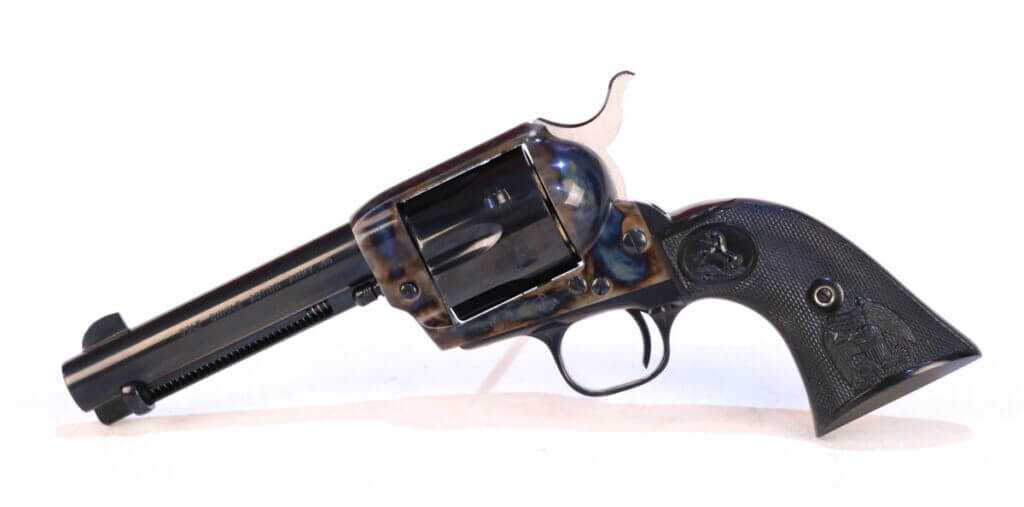
Sam Colt devised his revolver action during a voyage as a young seaman on the brig Corvo. Intrigued by the action of the ship’s capstan, young Sam adapted the same mechanism into a rotating handgun action and changed the world.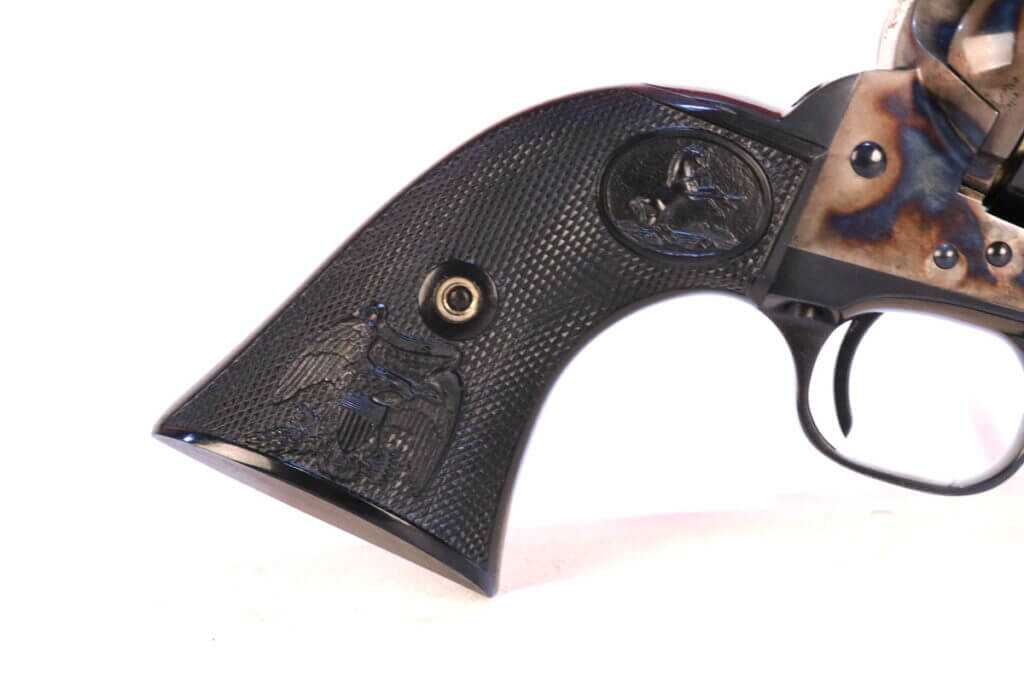
It’s tough to quantify the secret sauce that Sam Colt used to make his eponymous revolver so awesome.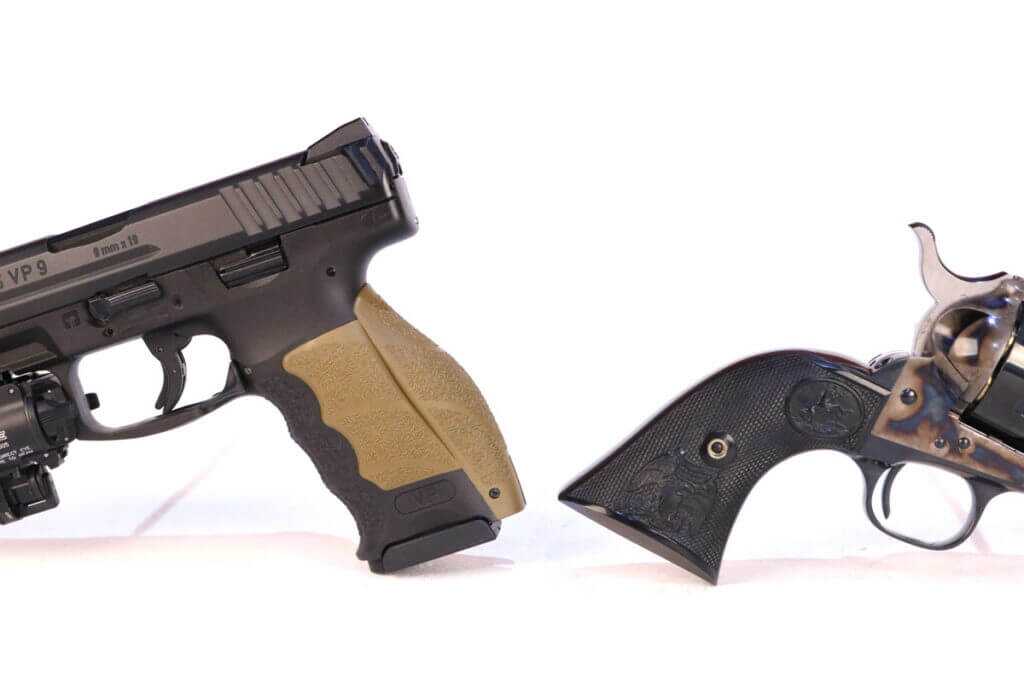
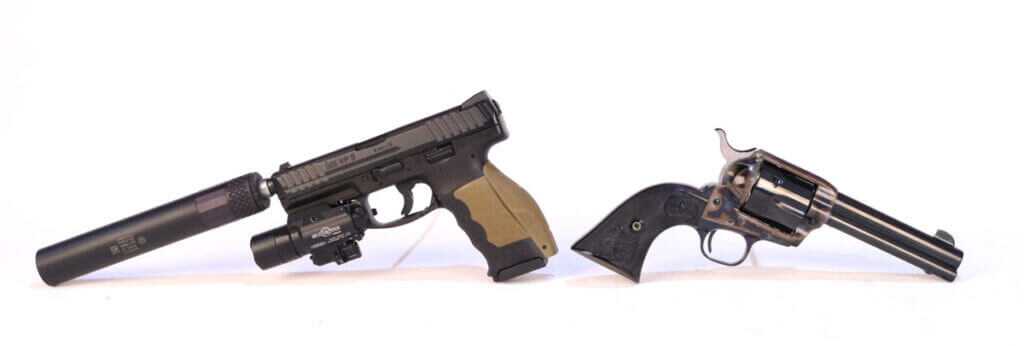
The gracefully curved butt looks so antiseptic and mechanical, yet it fits my own hand better than that of any modern plastic pistol. The single action requires a little attention, but through six rounds I can run mine almost as well as I might a Glock.
The Rest of the Story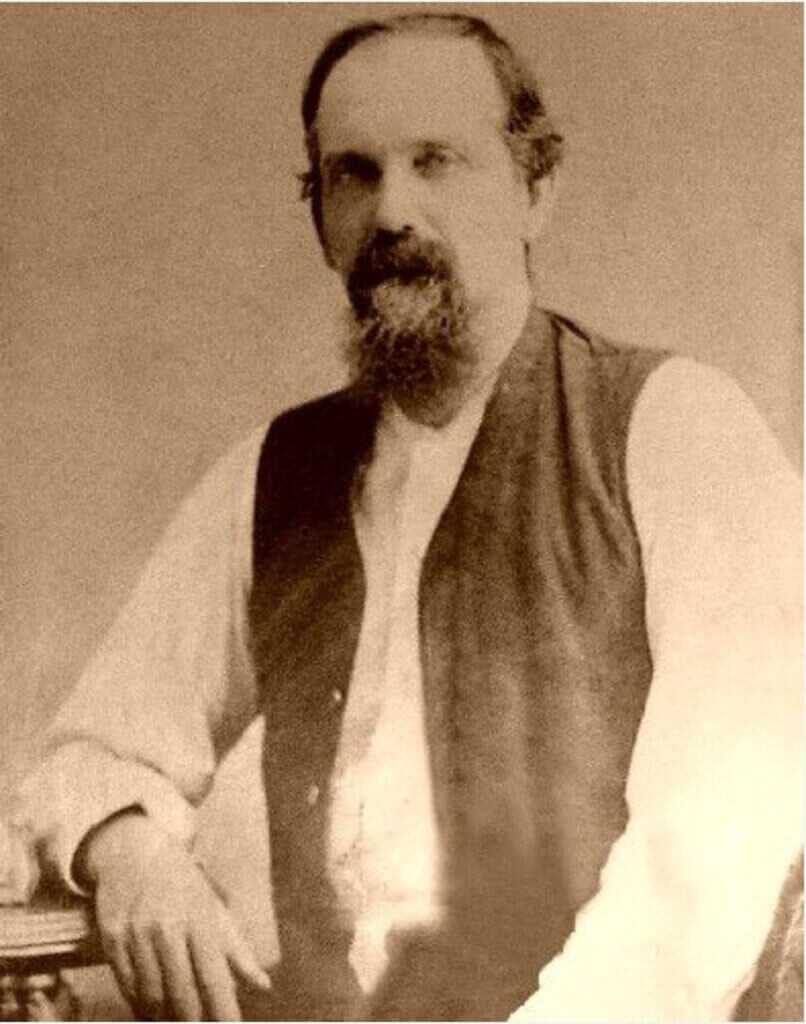
Clay Allison shot his way into and out of trouble on several occasions after he executed Chunk Colbert over a meal. He also had a fascinating habit of getting liquored up and riding into town wearing nothing but his gunbelt. In November of 1875, he arrived in Cimarron in just such a state to celebrate his shooting of Francisco “Pancho” Griego. Allison performed some kind of war dance at the scene of the recent killing with a red ribbon tied prominently around his manhood.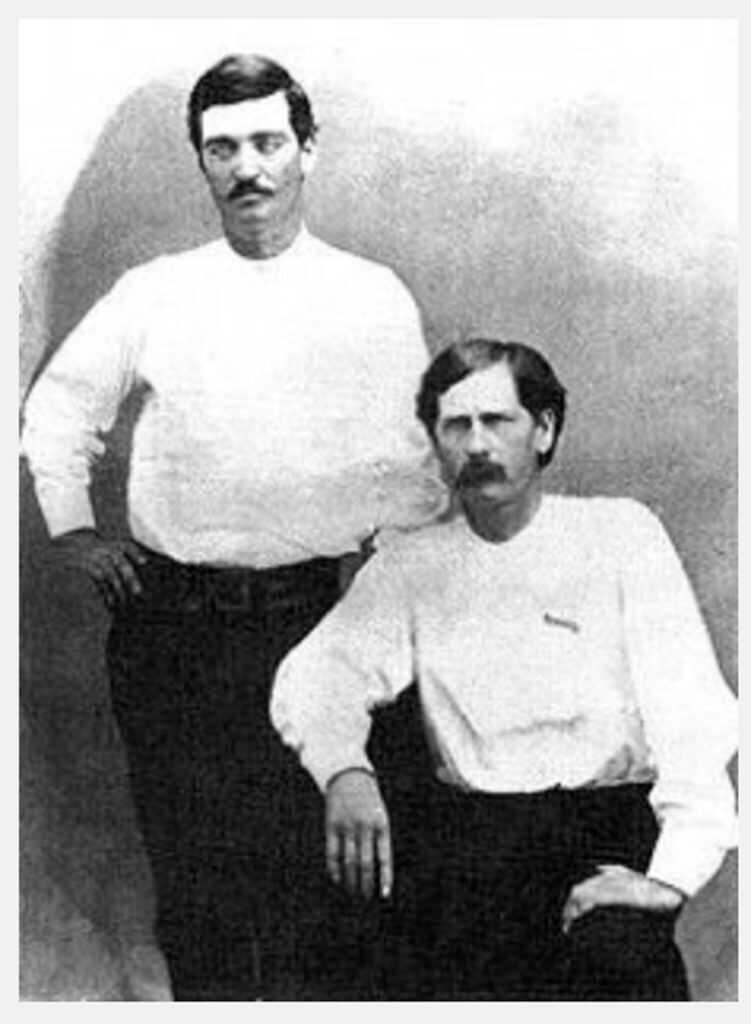
Allison also played a major role in the Colfax County War that claimed some 200 lives. In 1876 he reacted to a negative editorial in the local paper by blowing up the newspaper office with a substantial black powder charge and throwing the printing press into the nearby Cimarron River. Allison shot and killed a Deputy Sheriff named Charles Faber but later beat the rap in court. Allison was said to have faced down Wyatt Earp and Bat Masterson in Dodge City in 1878, but the details are disputed.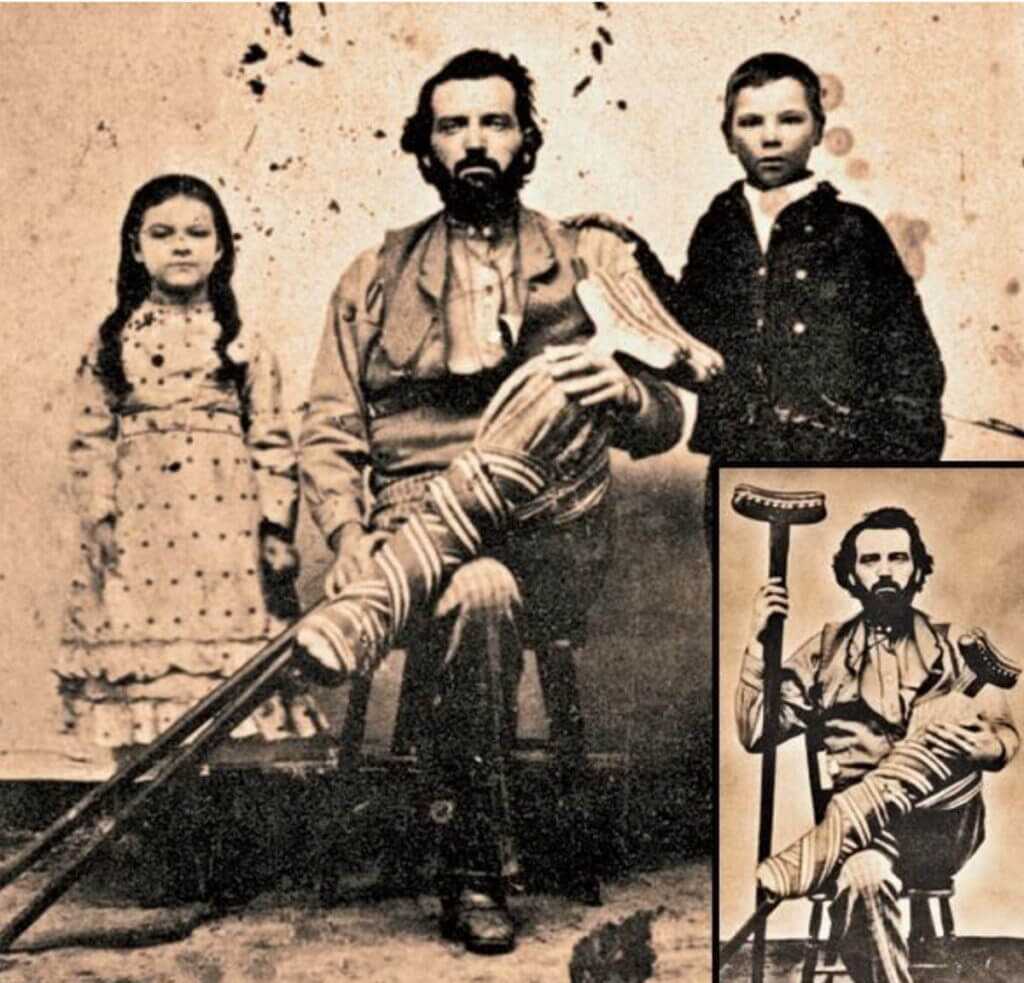
In 1886 Allison developed an abscessed tooth, but the dentist got nervous in the presence of such a notorious gunfighter and extracted the wrong molar. Enraged, Allison enlisted the assistance of another dentist to remove the diseased tooth before returning and pulling a molar from the first practitioner in retribution.
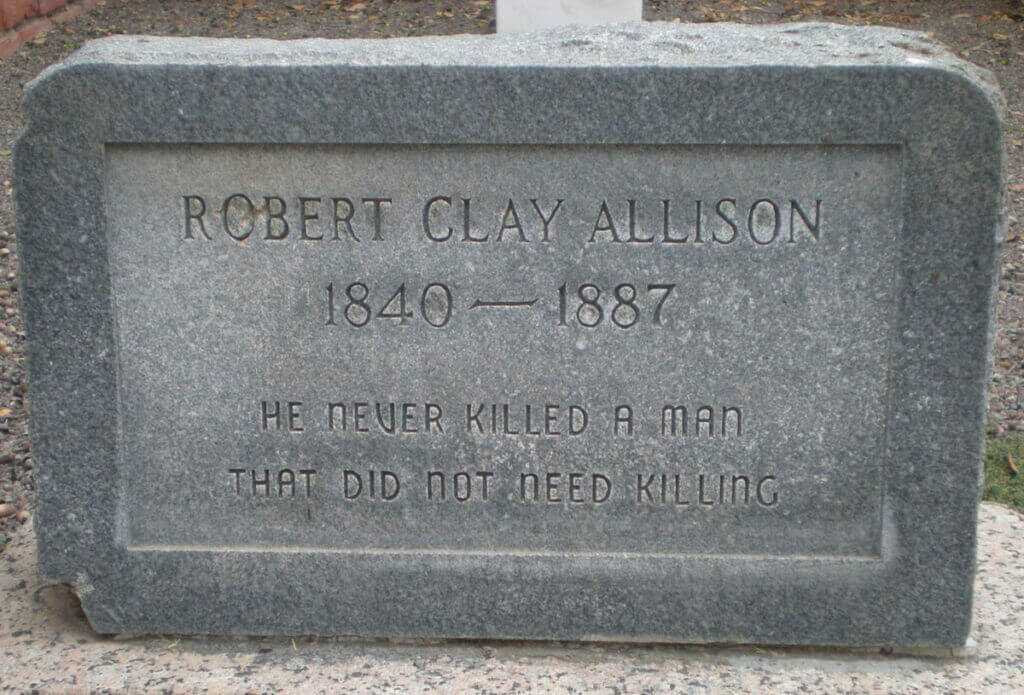
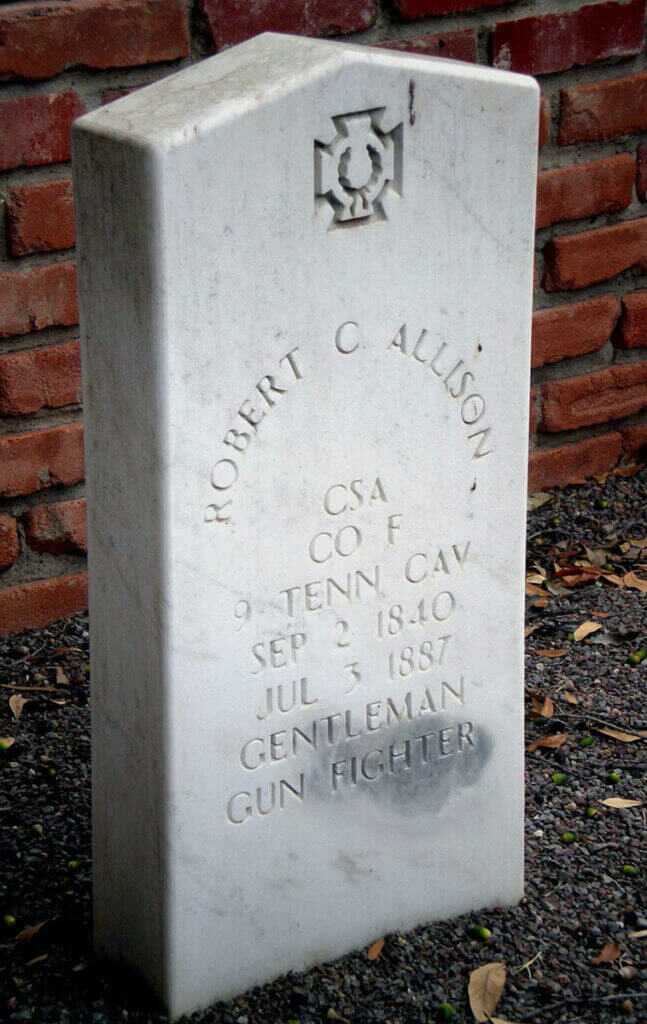
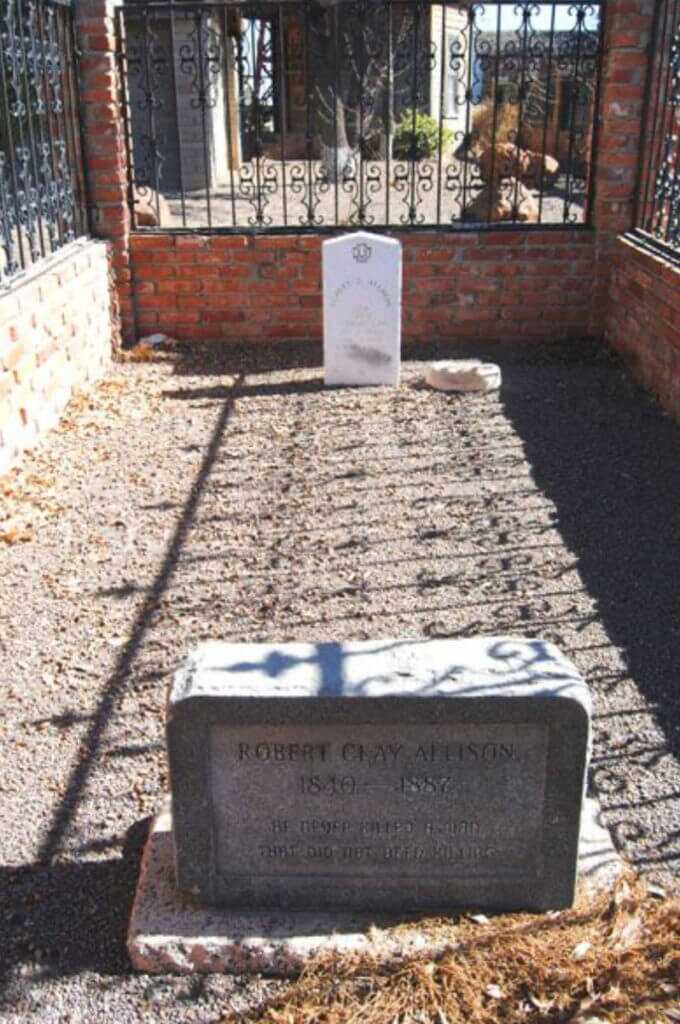
In 1887 at age 45 Clay Allison was driving a wagon loaded with supplies to his new ranch in Pecos, Texas. A grain sack shifted, and Allison lurched to prevent its falling. The inveterate gunman lost his balance and tumbled out of the wagon. The horses reared and the wagon wheel rolled across his head and neck, crushing his skull and nearly decapitating him. Clay Allison, legendary gunfighter and originator of the term “Shootist,” was laid to rest in the Pecos Cemetery the following day. A crowd of hundreds arrived to pay their respects.